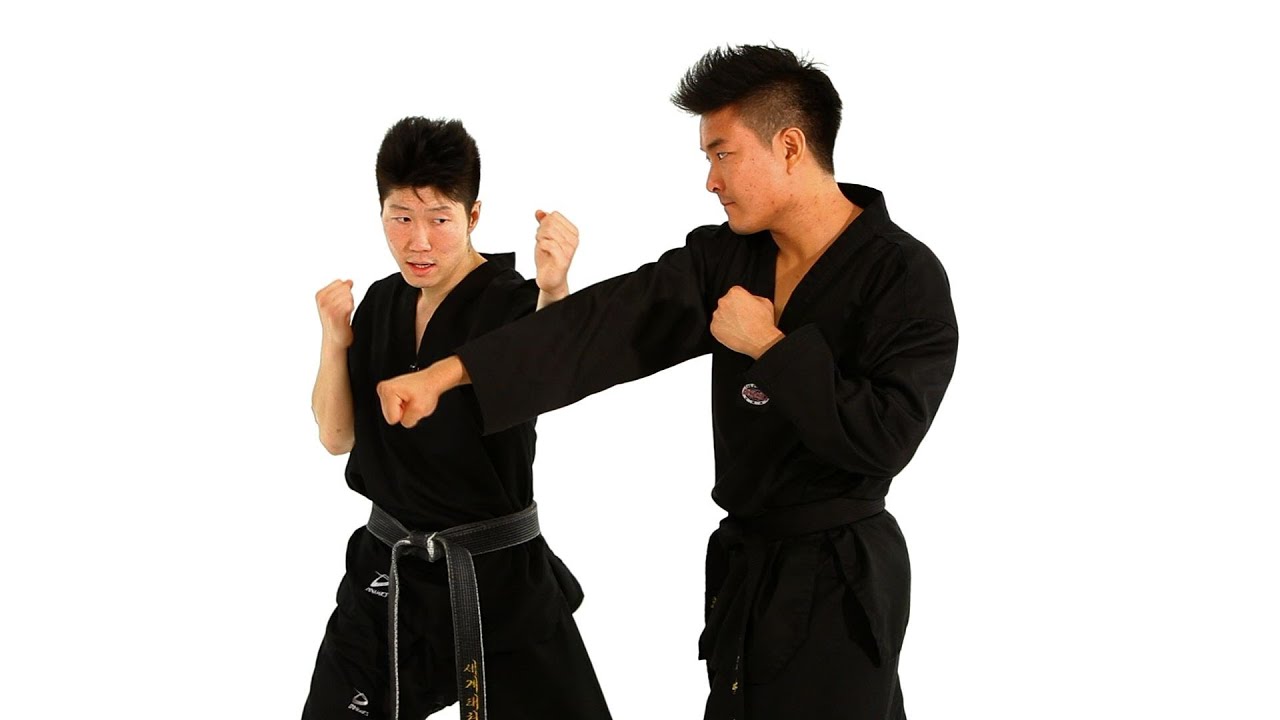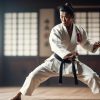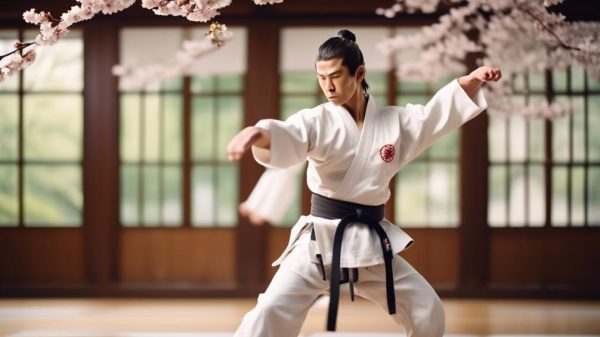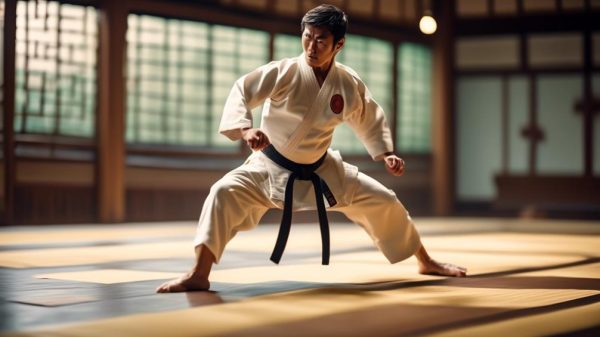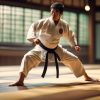The Inside Block is a foundational pillar in the repertoire of martial artists, that’s become a useful defense against incoming strikes and a gateway to mastery in the art of defense.
Its execution requires precise technique and utilizes a core skill found in numerous martial arts disciplines, most notably Tae Kwon Do.
As we strive to perfect the Inside Block, we unlock a realm of strategic opportunities and refined combat skills.
Benefits of Inside Block
Understanding how to strategically apply the inside block in various martial arts styles is key to improving overall combat proficiency and adaptability in different situations.
Proper Inside Block Technique
Mastering the inside block is crucial for martial artists looking to fortify their defensive skills and create openings for counterattacks.
When honing the inside block, practitioners can leverage the following key elements:
- Defensive advantages of the inside block: Recognizing how this technique safeguards the centerline and redirects incoming strikes towards the inside, neutralizing threats effectively.
- Exploration of advanced variations: Delving into advanced forms like the double inside block or seamlessly transitioning into immediate offensive maneuvers to keep opponents off-balance.
- Empowering the inside block: Emphasizing the importance of proper form, alignment, hip engagement, and precise timing to generate formidable blocking power.
- Seamless transition to effective counters: Using the inside block as a springboard for potent strikes or takedowns, seamlessly transitioning from defense to offense to maintain control of the confrontation.
Common Mistakes to Avoid
Inside Block Variations
- Hand positions play a pivotal role in altering the angle and efficacy of the block, influencing its defensive capabilities significantly.
- Adjusting the height of the block can cater to defending against attacks targeting different areas of the body, showcasing the versatility of Inside Blocks.
- Integrating footwork seamlessly into Inside Blocks can elevate the overall defensive strategy, enabling practitioners to maneuver adeptly while executing the block.
- Grasping the nuances of timing and rhythm in executing Inside Blocks is indispensable for effectively countering swift and dynamic attacks, showcasing the importance of precision and control in defensive maneuvers.
Application in Self-Defense
The practical application of Inside Blocks in self-defense scenarios requires a deep understanding of their versatility against various attack angles and their efficacy in neutralizing threats.
Mastering Inside Blocks in self-defense entails not only executing the technique with precision but also anticipating and responding adeptly to dynamic sequences of attacks.
Inside Block Drills for Practice
Incorporating the following drills into your training regimen can significantly improve your Inside Blocks:
- Partner Drills: Work with a partner to practice Inside Blocks while they simulate attacks. This will help you apply the technique in realistic scenarios.
- Sparring Sessions: Engage in controlled sparring matches to test and refine your Inside Blocks in dynamic situations. This will enhance your ability to defend against varying attacks.
- Conditioning Exercises: Strengthen the muscles involved in Inside Blocks through targeted workouts. Building strength and endurance will improve your technique and overall performance.
- Repetitive Practice: Consistent repetition of Inside Blocks is key to ingraining the technique into your muscle memory. This will enable you to execute the block swiftly and effectively when needed.
Inside Block in Different Martial Arts
Improving Inside Block Speed
Improving the speed of your Inside Block is definitely important for your defensive skills in martial arts. To increase the velocity of this technique, any martial artist should focus on the following:
- Speed Training: Incorporate drills and exercises that target quick-twitch muscle fibers and enhance your reaction time. This can include shadowboxing with a focus on rapid Inside Blocks or using resistance bands to increase speed.
- Muscle Engagement: Ensure proper engagement of key muscles like the deltoids, triceps, and core when performing the Inside Block. This will allow you to execute the block swiftly and with power.
- Precision and Form: Practice the Inside Block with attention to detail. Focus on making your movements precise and efficient to maximize speed and effectiveness. Pay attention to your alignment and timing for optimal results.
- Consistent Practice: Dedicate regular training sessions to working on your Inside Blocks at different speeds. This will help develop muscle memory and improve your speed over time. Remember, consistency is key to mastering this defensive technique.
Inside Block for Beginners
Incorporating Inside Block in Forms
As experienced martial artists, we understand the significance of incorporating the Inside Block technique into our forms.
This fundamental technique seamlessly enhances the flow and impact of our movements, elevating the effectiveness of our martial arts routines.

